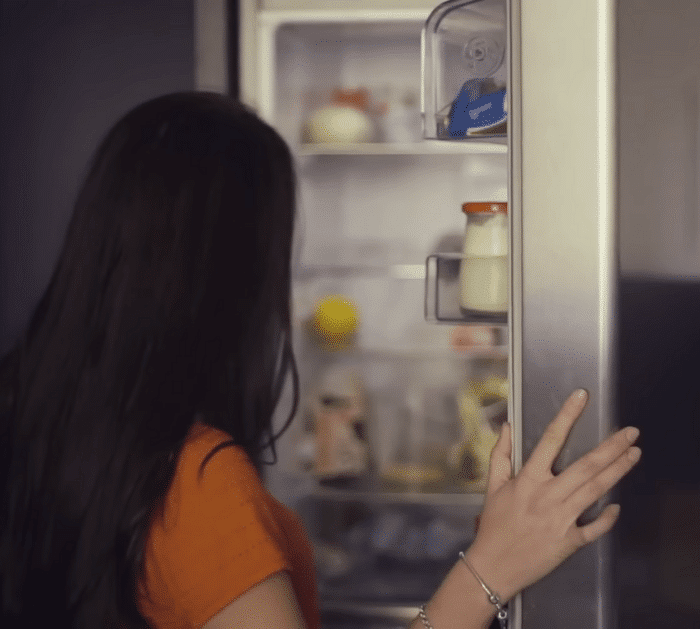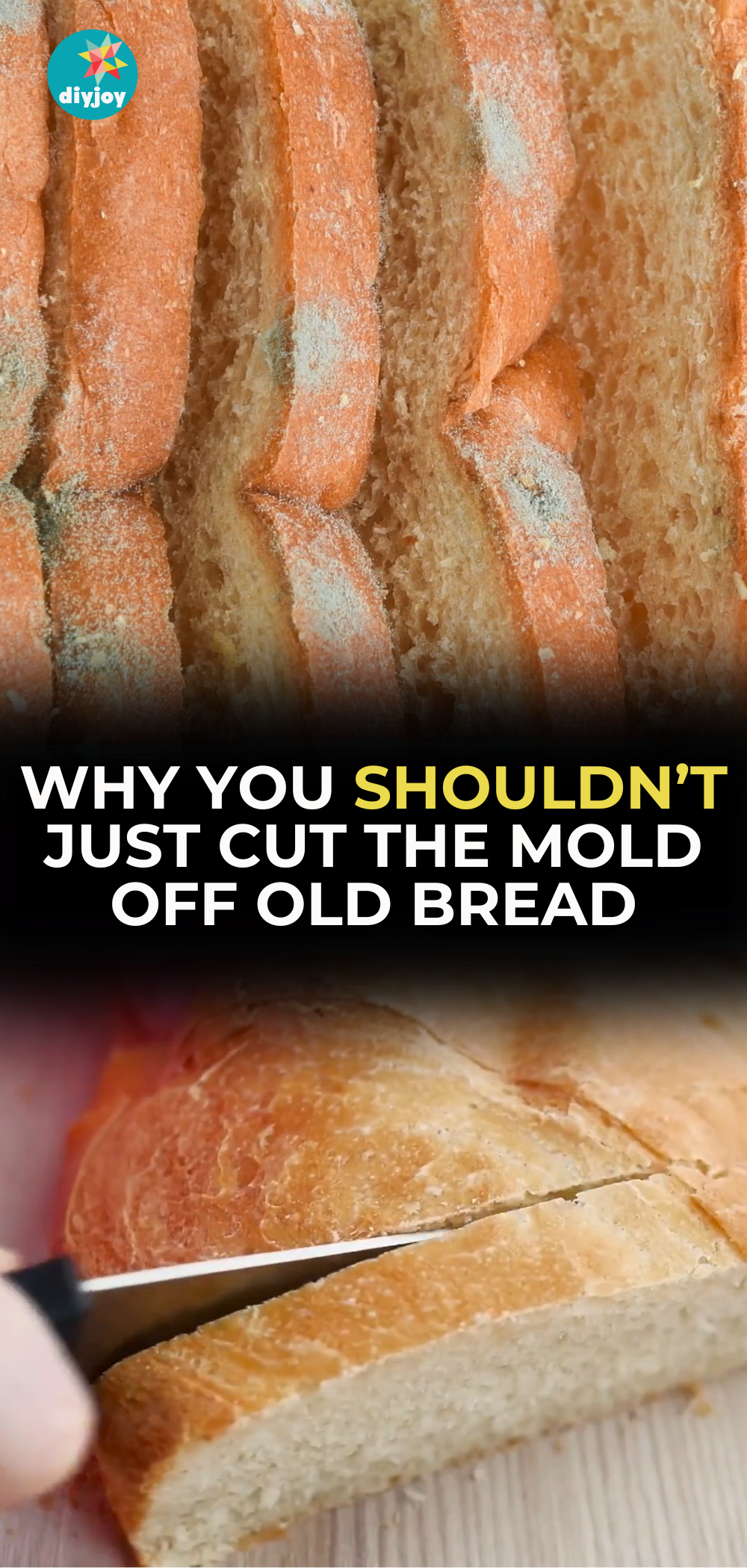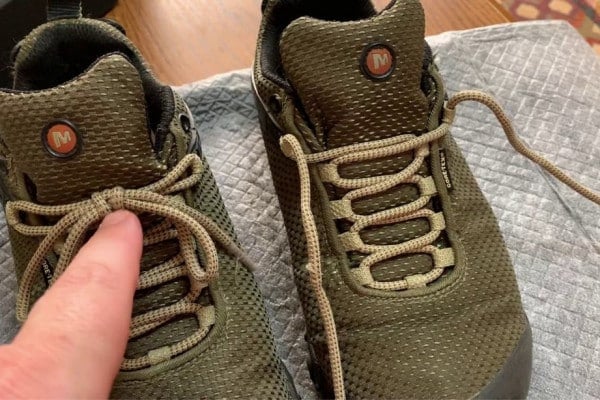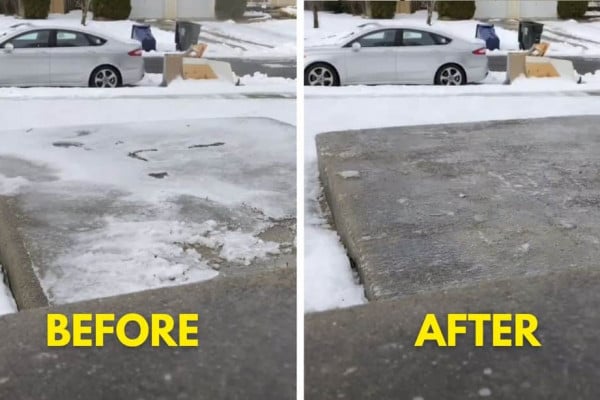
You bought a lot of fresh bread, thinking you can easily finish them. A few days passed, and you forgot to eat the remaining ones. You then looked at the bread and saw mold on the surface. Do you just trim that part away and still eat the bread? Here are reasons why you shouldn’t just cut the mold off old bread perfectly explained by Mashed on Youtube.
What happens if you eat moldy bread
You might wonder sometimes whether that moldy part of the bread can just be trimmed away. But know that the visible mold on the surface is only the beginning of the contamination. According to Marianne Gravely from the U.S Department of Agriculture in a 2017 interview with NPR, the soft texture of the bread that we all love is the problem. “The roots or tentacles of the mold can easily penetrate soft foods”. She also noted that the roots are microscopic which means once you see the mold on the surface, it has already made its way into the parts of the bread. Mold can cause serious health problems such as respiratory distress or allergic responses as noted by Gravely to NPR.
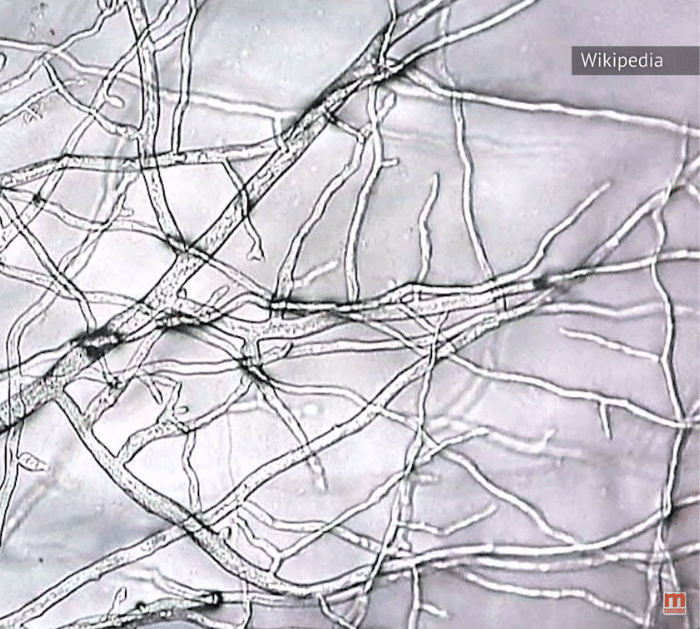
What to do with moldy bread
Don’t attempt to do a sniff test with a mold loaf as the mold spores on bread can become airborne. The safest choice is to just throw it away but don’t just throw it into your kitchen trash. Wrap the bread in a plastic or paper bag first before you dispose of it to contain the mold inside. If you compost food, you can also do it with moldy bread.
Do not give it to your pets or animals! The same mycotoxins found in mold can also be toxic to them.
How to prevent mold on bread
The best way to prevent these microorganisms on your bread is to tightly wrap your bread in plastic with the air pressed out and store it in the refrigerator. The cold temperature will keep the bread fresh and slow the process of contamination.
For long-term storage, you can tightly wrap the bread and put it inside the freezer.
